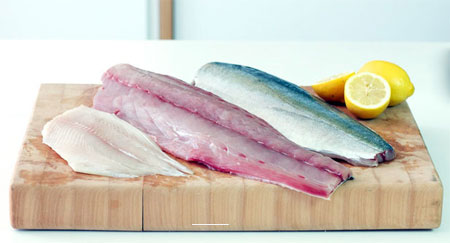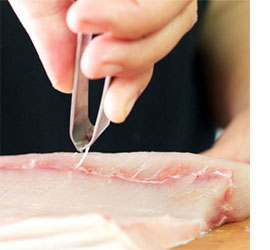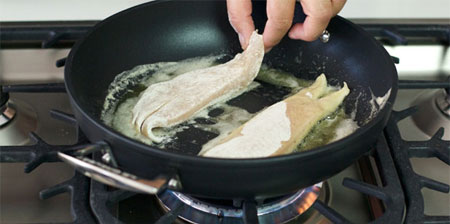How to cook fresh fish
Intimidated by the head, bones and a perception of complicated rules and techniques many people shy away from cooking fish at home. Follow these few easy steps from Ocean Jewels fish and you’ll forever be spoilt and never again settle for less than super fresh fish cooked to perfection.
Freshness is key
Most important in preparing a delicious fish dish is that your fish is very fresh. When purchasing whole fish, the eyes must be clear, the gills – just below the head – must be bright red and the scales must be shiny and plentiful. When purchasing filleted fish the best way to check for freshness is to smell it.
Get up close and take a big whiff – the fish should smell oceany but never fishy. The flesh should be translucent and resilient. White fish has a pinkish tinge to the flesh. Tuna should be reddish and not brown. Get up close and personal with your fish when looking for the freshest catch.
Good looking indicates good quality
It’s usually the freshness which affects the quality but poor handling of fresh fish is also a problem as it can damage the flesh. Always check that the fish is not soft – whole fish and fillets should be firm. There must be no obvious damage like bite marks (from sharks and seals) and check that flesh and skin is not broken. If the fish is vacuum packed the packaging must be sealed to prevent contamination.
Correct storage plays an important role
Good quality fresh fish should keep in your fridge for 2-3 days after purchase – but it’s always better to eat on the day of purchase. Store the sealed fish in the coldest part of your fridge. Remove the fish fillets from the packaging a few hours before cooking, rinse off to get rid of any loose scales, pat dry and leave in the fridge uncovered in an oven tray until cooking time.
Bones
No one likes a mouth full of bones.
Ask your fish monger to fillet the fish away from the belly bones, otherwise slide a filleting knife under each bone to remove. Once done there’ll only be a row of bones running roughly down the center of the fillet of fish to about the halfway mark – remove these with fish tweezers or cut the bony strip out or when serving the fish pull the flesh away from the bones.
I always reserve the tail half of the fish for youngsters as there are no bones. Now we get to tips for cooking the fish. The most important principles are simply never to over cook or over flavour fish.
Perfect pan frying
When frying a fillet of fish always be sure to preheat the pan as it prevents the fish from sticking to the pan. It’s best to use a combination of oil and butter (butter for flavour and oil to prevent the butter from burning). Dust the fish with seasoned flour (literally flour with some salt, pepper and spices) and you’re ready to fry.



